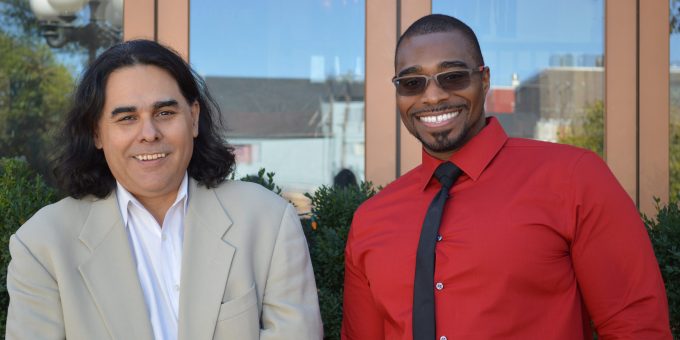
from the editors: winter 2019
wealth inequality: winter 2019
Reminiscent of scenes from the 1930s Great Depression, hundreds of federal workers in near freezing temperatures were wrapped around a shopping plaza in Prince George’s County, Maryland to get coffee and food on January 12, 2019. Suffering financially from the longest government shutdown in American history, those federal workers are part of the 85% of Americans who live paycheck to paycheck. They cannot afford to go but a couple of weeks without stable income. Of course, in that slow, winding line, an overwhelming majority were African-American.
For African Americans, Latinos, and certain Asian immigrant groups, shocks in the economy hit more intensely. The Great Recession took more wealth from the homes of those living in predominately Black and Latino neighborhoods relative to others. And considering that about 50% of wealth is housed in people’s homes, Black and Latino families’ wealth diminished more quickly than White families’. The racial wealth gap is still widening in the United States.
Scholars have presented a series of explanations for the racial wealth gap. Much of the empirical evidence suggests that discrimination and structural racism are among its main drivers: Minority communities face continued difficulties obtaining equitable housing loans, neighborhood resources such as grocery stores and healthcare services, and access to jobs and education. The scholars featured in this thematic issue grapple with the consequences of racial wealth inequality and aim to spur discussions around innovative and viable solutions that hold promise for policymakers and everyday working families.This issue’s cover image comes from our photo essay, written by public health scholars Keon Gilbert and Melody Goodman, and its juxtaposition is all the more stark because these houses are only streets apart. Gilbert and Goodman go inside to show how the haves and the have-nots continue to live segmented realities in St. Louis.
In the features section, you will find articles on wealth gaps by Melvin Oliver, Thomas Shapiro, Louise Seamster, David Calnitsky, Lisa Dodson, and Luisa Deprez. Oliver and Shapiro focus on the feasibility of a series of policy proposals positioned to transform the legacies of racial inequality into equity and opportunity for future generations: universal basic income, federal job guarantees, baby bonds, and reducing or forgiving student debt.
Our Q&A section features three prolific scholars including Judy Dlamini, David Grusky, and Elijah Anderson. And this issue’s policy brief was penned by Sarah Heydemann and Andrea Johnson, legal fellows at the National Women’s Law Center, and focuses on equal pay, while Tonia Wellons, a nonprofit executive and Obama-era appointee, closes the issue by considering the many successes of federal affirmative action programs.
Elsewhere in this issue, you will find a special pair of features on ethnographic methods by law professor Steven Lubet and public sociology champion Michael Burawoy. We also pair a review of Cheap Sex by Pilar Gonalons-Pons Shelly Ronan with a trends article by Tristan Bridges and Jesse Philbin suggesting rather than sex being “cheapened” by marriage delays, we may be seeing a gender convergence in men’s and women’s sexual decisions.
Starting with this, our 18th volume, Contexts’ subtitle has changed to Sociology for the Public. We are eager to more formally embed sociology into the public perception of the magazine. Our innovations around social media, video content, and distribution to policy makers have all helped Contexts come within a stone’s throw of one million views on contexts.org and our SAGE site in 2018 (993,931!). Thanks to the time and careful work of our section editors, reviewers, and editorial board, Contexts now boasts a 16.5% acceptance rate for feature articles. Scholars, continue to send us great content and we will continue to champion your scholarship within and beyond the academy.
We dedicate this issue to Cedric Herring. Herring passed away after presenting at a symposium on racial wealth inequality sponsored by the Critical Race Initiative at the University of Maryland. He had been invited to publish an article in this issue on his research on race and wealth in the Baltimore area. Hayward Horton and Loren Henderson write a lasting tribute to Herring’s scholarly and personal legacy. Finally, particularly in an issue dedicated to wealth inequality, we are reminded of the scholarly debt we owe to Erik Olin Wright and his pioneering work on both inequality and the possibility of a more equitable future.
–Rashawn Ray and Fabio Rojas
